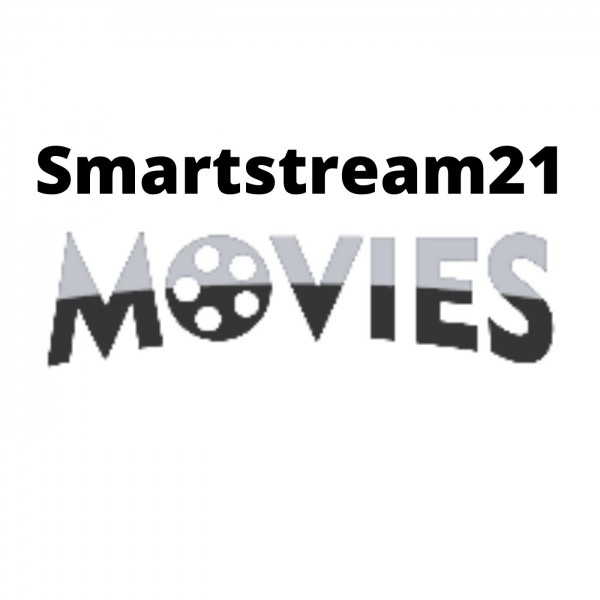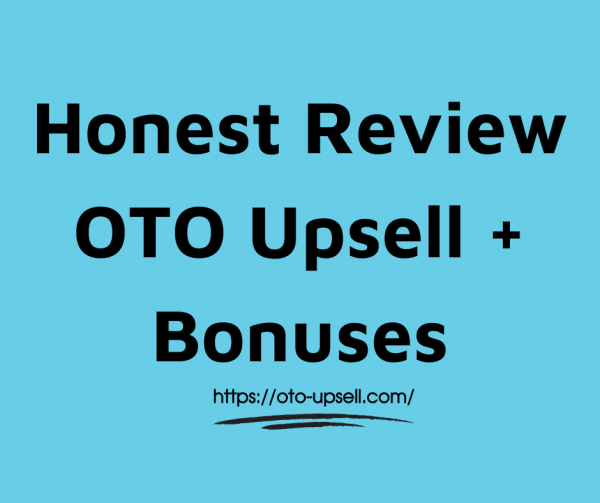- Đăng Ký
- Đăng Nhập
- Mở Shop
Digital media is an inherently fragmented space, with audiences accessing content across multiple channels every day. Against that background, read-it-later apps like market leader Pocket have become increasingly useful to readers looking for a single access point for content they find interesting.
Takeaways, Read-it-later apps make it easy for people to save content discovered across a range of platforms so that they can come back to it at a time convenient to them. They also aid content discovery with recommendations and some even include audio playback to let users listen to articles. Although there are new entrants coming into the field, Pocket looms large over the competition. The Pocket app has 2 million monthly users, its Pocket Hits newsletter has 4 million subscribers and the brand is in front of 35 million users a month globally through its affiliation with Mozilla and the Firefox browser. Press Gazette compares Pocket users to Sunday paper readers, deeply engaged in a regular package of curated content. This is in direct contrast with digital consumers in regular social media apps, jumping from one piece of content to the next like ‘fickle newsfeed scrollers’.
Pocket power, Writing in Ad Age, Mark Stenberg says the newsletter boom has reminded publishers of the value of engaging regular readers. This is especially true in the context of engagement, a key driver in generating and retaining digital subscriptions. Stenberg gives the example of Texas Monthly, whose readers spend 240% more time on its website and return at a rate 17% higher than average users. That level of engagement makes traffic coming from pocket ‘high-intent’, said Allison Fass, VP of digital growth at Fast Company and Inc.
Aiding content discovery, Pocket surfaces publisher content organically through recommendations on the Firefox New Tab, its Pocket Hits newsletter – which boasts a 20% open rate – and topic pages. The team is also working directly with publishers to help improve content discovery through a syndication programme designed to highlight evergreen content. Over the past two years, it has established syndication partnerships with more than 70 publishers, from household names like Bloomberg, Slate and The Atlantic, to more niche players including individual Substack writers and New York science publisher Nautilus. Reporting on a single scientific topic each month, Nautilus syndicates its content to Pocket and has seen monthly pageviews rise from 100,000 to over 700,000. The publisher now sees Pocket deliver more that 20% of its monthly traffic. Carolyn O’Hara, Senior Director, Content Discovery , Pocket calls the syndication programme a win-win for publishers. Pocket pays a licence fee for each article (thought to be between $125-$200 per story) resurfaces content that might lost due and introduces it to potential subscribers it at scale.
If you watch a lot of movies and TV shows, you might have noticed that over the last few decades everything has gotten a lot more. No matter the kind of story being told, a sheen of cool blue or gray would wash over everything, muting the colors and providing an overall veneer of serious business.
So many TV shows and movies now have a dull filter applied to every scene, one that cuts away vibrancy and trends toward a boring sameness. Every frame’s color scheme ends up feeling the same as every other frame. And when there are so many projects using similar techniques, you end up with a world of boring visuals that don’t stand out.
Watch Movie Online for Free in Itali
Troppo Cattivi Streaming Gratis
Una Vita in Fuga Streaming Gratis
La Figlia Oscura Streaming Gratis
Animali Fantastici Streaming Gratis
https://quesanswer.com/question/strategy-publisher-from-social-media/
https://techplanet.today/post/getting-information-into-russia
Chú ý: CongMuaBan.vn không bán hàng trực tiếp, quý khách mua hàng xin vui lòng liên lạc với người bán.












